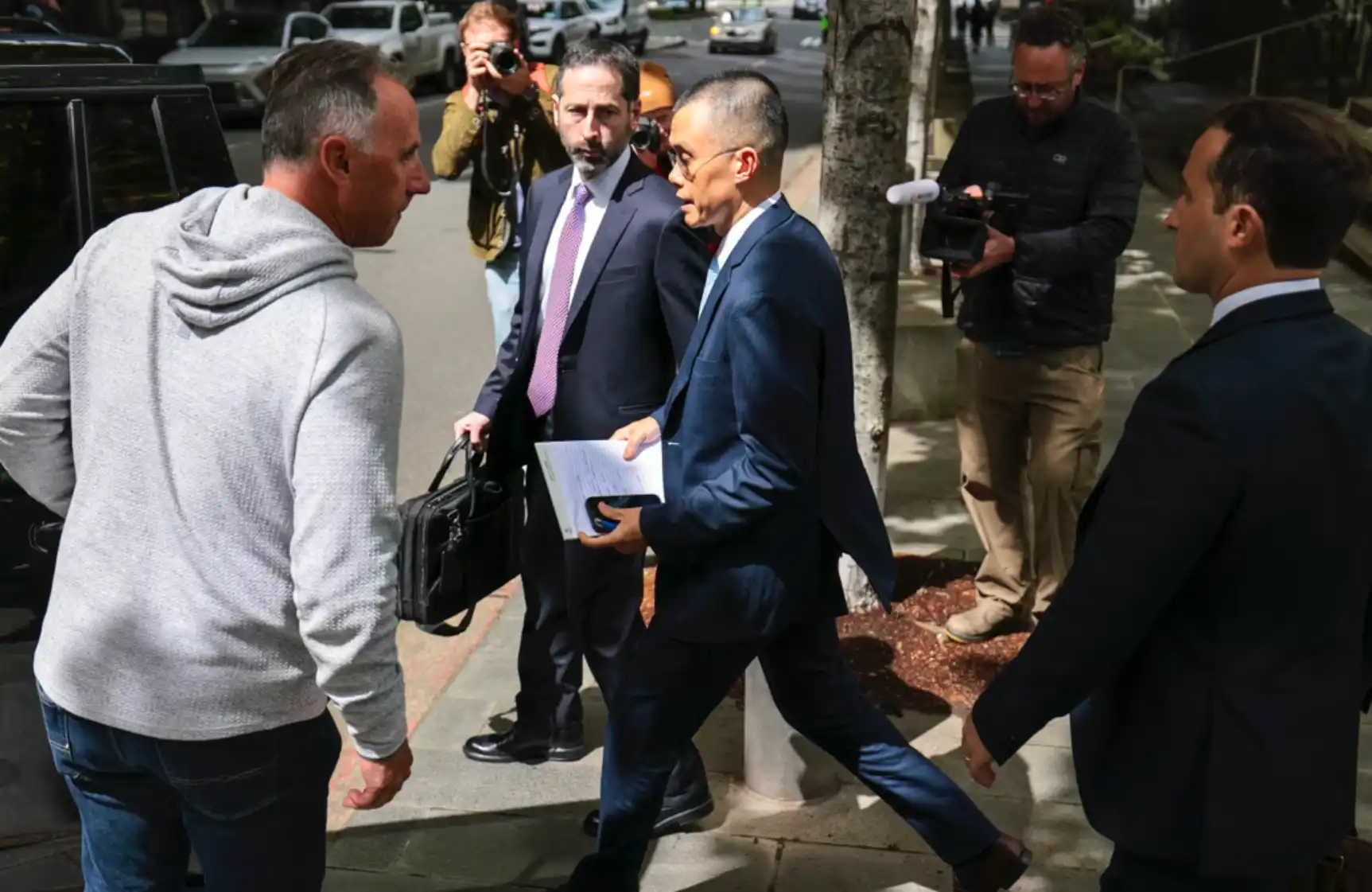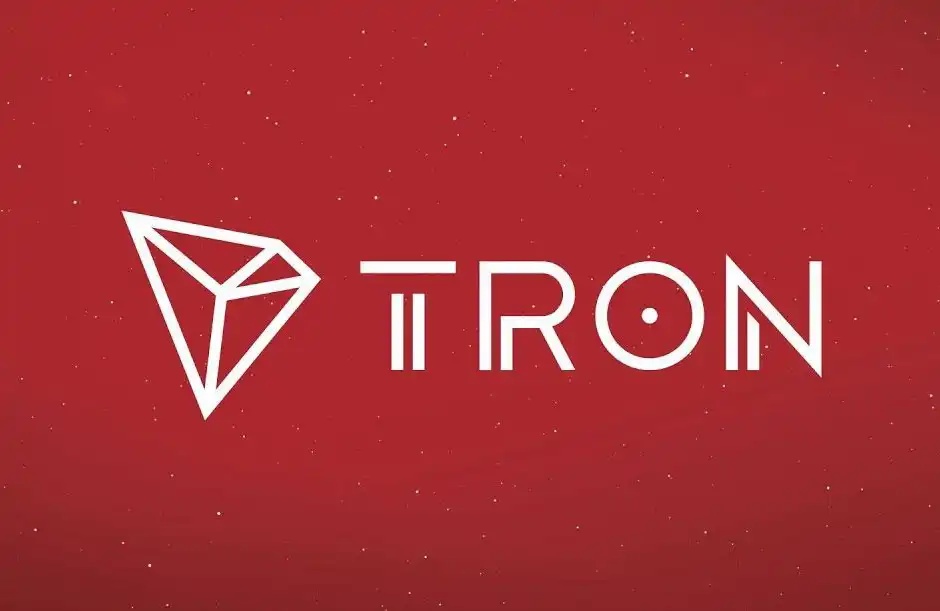Is RWA a product or a transaction?
Original title: "Is RWA a product or a transaction?"
Original author: Ye Kai (WeChat/Twitter: YekaiMeta)
What exactly is RWA?
Crypto fundamentalism jumped out and said that RWA should not be so tacky. We have said before that the premise of the RWA discussion is that RWA is a pragmatic and moderate compromise between traditional finance and Crypto.
Many people say that the concept of RWA is too abstract. Real-world assets are tokenized, and everything is put into RWA, but no real RWA thing has come out.
This question needs to be asked from the word: Is RWA a product or a transaction?
If it is a product, then RWA is a T-Bill product similar to Bitcoin spot ETF or US Treasury mortgage interest-bearing assets?
If it is a transaction, is it a transaction of RWA products? Or is it a transaction of encrypted financial assets like TradFi's financial asset exchange?
If we combine the core essence of RWA that we have always emphasized, which is corporate financing and institutional markets. Then the product is similar to a corporate bond product, and the transaction is similar to a financial asset transaction, focusing on the asset package of corporate financing and the institutional market ecology of the product.
Comparing specific cases, such as Bitcoin spot ETF, tokenized money market fund, RWA stablecoin, etc., are basically product directions, not corporate financing; while those tokenized corporate bonds, fixed income bonds and digital REITs (tokenized cash distributions), etc., are corporate financing.
Why do we need to discuss different angles of products and transactions?
The former is more Web3.0 in terms of product perspective, and the latter is more RWA in terms of transaction perspective. Why do you say that?
Products are mostly from the perspective of retail investors, especially retail investors in Web3.0, who are used to investing in (speculating on) a certain token. At present, there are already many crypto token projects with the concept of RWA. At the same time, products tend to be more standardized, and they focus more on product design, TGE issuance, etc. Whether it is T-Bill of U.S. interest-bearing assets or RWA concept tokens, or DePIN and AI as infrastructure to participate in concept narratives, they are all routines and ecosystems of standardized products.
Transactions are mostly from the perspective of institutions. Financial asset transactions are mostly corporate financing and institutional investment. It is a non-standardized product transaction ecosystem. Although the transaction targets will be designed as a financing product, asset transaction issuance is only the first step under the table. There are also inter-bank markets, OTC bond markets, and institutional margin trading, reverse repurchases and equity repayments, etc. Sometimes there will be local markets for retail investment.
From the perspective of Crypto, it is more like the digitization and encryption of industrial transactions and upstream and downstream channels triggered by corporate financing.
So it sounds a bit like nonsense: RWA is like a product but not a product, a model but not a model. The tokenization of real-world assets is a transfer from traditional financial investment and financing to the world of virtual assets and tokenization. The old money and old users attracted and leveraged by real-world assets mean that RWA is either in the form of real-world assets that old money can understand, or a new form of things supported by real-world assets.
RWA model integrating products and transactions
The integration of the old and the new may be a compromise and moderation in the early stage of RWA.
Traditional bonds (RA) are all institutional clients, block transactions and over-the-counter markets; while Web3.0 exchanges mainly focus on retail clients, retail (leek) households (vegetables).
If RWA that integrates products and transactions may solve this problem: take RWA products (high-quality assets such as US Treasury ETFs and Bitcoin ETFs) as the underlying assets, iterate new income or arbitrage tokens (or protocols), and multi-level trading markets for primary and secondary arbitrage, and further expand RWA derivative tokens such as pledge financing and interest rate swaps based on RWA tokens.
This integrated model can be oriented to both institutional clients and retail investors in speculating (arbitrage) coins.
At present, the RWA projects that are licensed and compliant in Hong Kong are basically either real estate fixed income bonds or corporate credit bonds in the early stage, and then a tokenized shell is put on, which is considered the most basic simple product.
In fact, complex products of real-world assets are combined with the industrial transactions of the real-world assets, and are combined with industrial finance and capital. Asset tokenization is not just the tokenization of a real-world asset, but the tokenization of the industrial chain and capital chain associated with this asset.
From this perspective, RWA may have several directions:
1) Corporate financing direction, mostly in the form of RWA products, focusing on digital bonds, digital REITs and other products for corporate financing, the design may be diversified, one is credit bonds, one is income rights, one is cash flow and other different design models;
2) Industrial transaction direction, it will highlight the business design of RWA exchanges, how to combine trade and flow to realize the tokenization of futures and spot transactions and arbitrage, gradually transfer the token pricing power and Crypto leverage of real-world assets, replace interbank business to OTC exchange markets and mortgage lending agreements, design liquidity pools and learn from airdrops and mining models, develop digital investment banking business to support Crypto Fund primary and secondary linkage, the key is to attract and realize the upstream and downstream linkage of the industry.
3) Investment and financial management direction, around the funding costs and interest rate swap needs of global funds and institutions, design RWA investment and financial management products, or Crypto fixed income products, or hedging arbitrage, or priority and TRS, or yield Token, to replace traditional financial investment investment and financial management products.
4) Native token direction, around the tokenization of emerging assets that traditional finance cannot value, such as renewable energy and AI computing power, especially renewable energy combined with DePIN and VPP (virtual power grid), to achieve P2P trading of renewable energy and green energy stablecoins, which will be a huge market opportunity, because in May this year, G7 member countries jointly promised to gradually eliminate the existing and increasing coal-fired power generation in the energy system in the first half of 2035.
How to realize the 2B market to the 2C market?
Since the traditional corporate bond market is a 2B market, and Web3.0 is a 2C market. RWA products are standardized, and the trading ecosystem is more non-standard. At this time, the key to the success of RWA is: how to realize the transformation from 2B market to 2C market?
This is also the reason why the elites with Web3.0 attributes in the early licensed and compliant exchanges are only optimistic about the retail market in the currency circle, and look down on the traditional centralized institutional market. However, RWA inevitably means compromise and moderation. Under the education of Bitcoin spot ETF, more and more licensed and compliant exchanges, including native cryptocurrency exchanges, have begun to pay attention to RWA and institutional markets.
Isn’t it difficult to understand: how can the institutional market be transformed into the retail market?
a) TRS is the basis of arbitrage or arbitrage familiar to the cryptocurrency circle. Institutional clients and retail investors have different funding costs and risk strategies, so there is naturally a market space for interest rate swaps between institutions and retail investors;
b) The traditional bond market is the private placement, war matching, issuance (wholesale) and secondary market (retail) of the institutional market. The retail retail market is at the end, and there is arbitrage space for wholesale and retail as well as priority and inferiority, but RWA tokenization may enable retail investors and institutions to enter the market at the same time in different modes such as NFT, airdrops, and mining, and even the possibility of entering the market earlier than institutional clients based on the DAO community, DEX and AMM;
c) The institutional market must have locked positions and prohibited sales and cash out, or quantitative arbitrage. If there is cash out, there will be retail investors taking over, and it is not ruled out that institutions will take over retail investors' chips and liquidity.
Therefore, RWA products and trading ecosystems are basically in the form of assets and products familiar to financial institutions and funds, but Uplift continues to attract more traditional financial institutions and old money with new forms and new liquidity of tokenization and virtual asset transactions, especially the diversified secondary market (token trading market).
This article is from a contribution and does not represent the views of BlockBeats.
Welcome to join the official BlockBeats community:
Telegram Subscription Group: https://t.me/theblockbeats
Telegram Discussion Group: https://t.me/BlockBeats_App
Official Twitter Account: https://twitter.com/BlockBeatsAsia


 Forum
Forum OPRR
OPRR Finance
Finance
 Specials
Specials
 On-chain Eco
On-chain Eco
 Entry
Entry
 Podcasts
Podcasts
 Data
Data


 Summarized by AI
Summarized by AI





